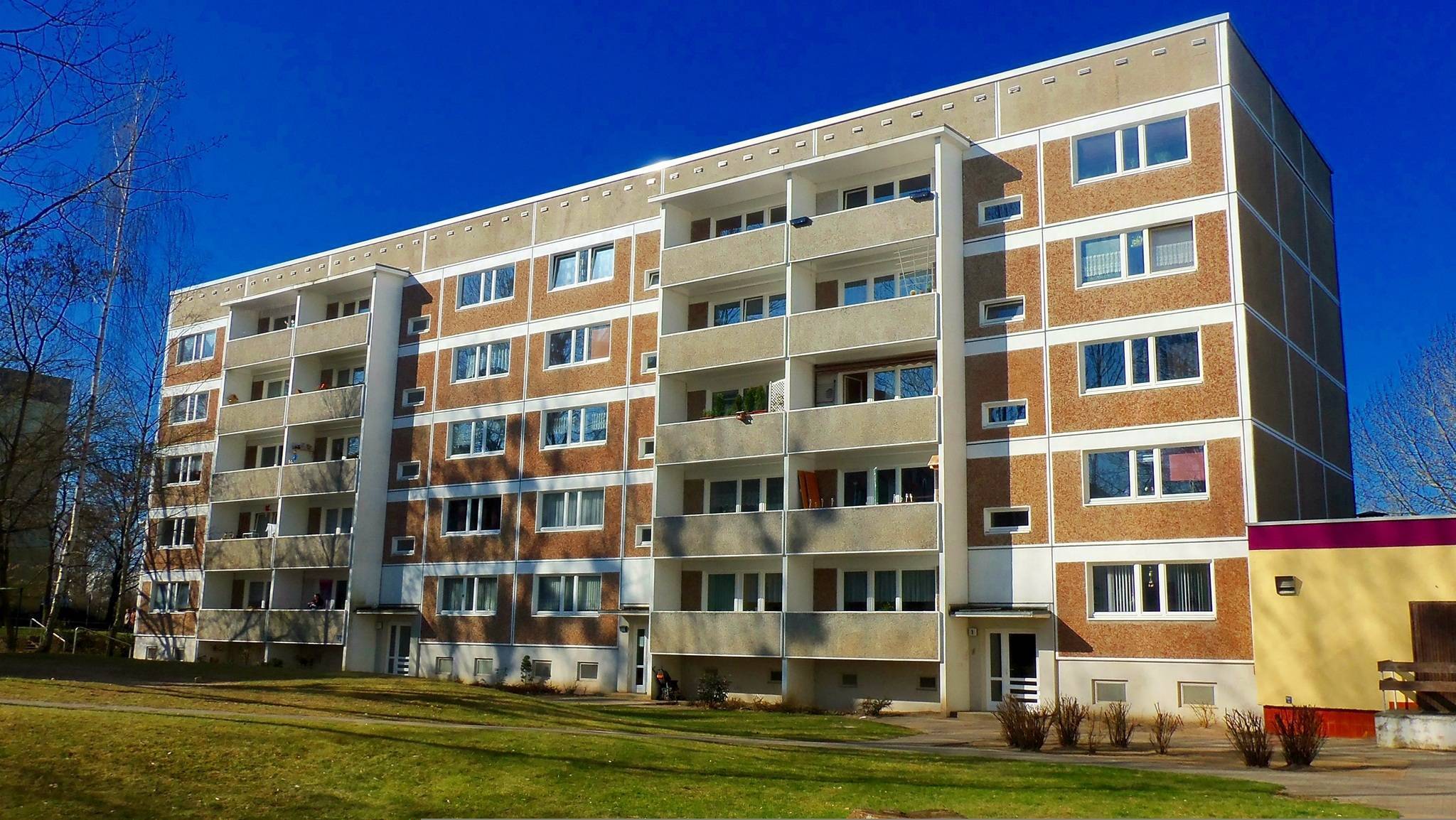The Indian residential real estate market continues to evolve under the influence of rising property prices and changing buyer preferences. Magicbricks’ PropIndex for Q1 2025 (January–March 2025) paints a detailed picture of these shifts across 13 major Indian cities, offering a nuanced understanding of demand, supply, and pricing dynamics.
In the first quarter of 2025, residential demand across the country showed a marginal increase of 0.6% quarter-on-quarter (QoQ). However, this tepid rise is overshadowed by a significant surge in average property prices—2.8% QoQ and 21.7% year-on-year (YoY). As of March 2025, the pan-India average price stood at INR 12,829 per sq. ft., underscoring a trend of continued appreciation.
This sharp rise in prices appears to have triggered a cautious stance among homebuyers, particularly in some of the traditionally strong residential markets. Several metro cities experienced a contraction in demand, with Noida registering the steepest drop at -12.5% QoQ. Delhi also saw demand fall by 11.9% QoQ, followed by Greater Noida (-10.1%), Gurugram (-6.1%), and Kolkata (-4.6%).
Regional Divergences: Southern and Western Cities Retain Momentum
While the overall demand remained nearly flat, certain cities bucked the trend. Hyderabad led with a 7.5% QoQ rise in demand, followed by Bengaluru (2.7%) and Mumbai (2.3%). These cities have sustained momentum due to their roles as employment hubs, particularly in the technology, services, and financial sectors. The demand in these cities is also supported by consistent infrastructure investments and a strong supply of modern residential offerings.
The resilience of Bengaluru and Hyderabad reflects a preference for cities where residential projects are closely integrated with commercial zones and urban conveniences. Proximity to IT parks, transport corridors, and social infrastructure continues to influence decision-making, especially among younger homebuyers and relocating professionals.
Surge in Supply: Implications for Market Balance
A notable trend this quarter has been the increase in residential listings. This signals growing developer activity and could contribute to easing price pressures in the coming quarters. Cities such as Greater Noida (9.7% QoQ), Pune (14.5%), and Navi Mumbai (34.5%) recorded significant growth in residential supply. This expanding inventory is offering potential homebuyers a broader range of options, particularly in under-construction and mid-segment projects.
Further, the share of under-construction properties has seen a 39.71% YoY rise and a 5% QoQ jump, indicating that developers are confident about long-term demand despite short-term caution. This trend is especially visible in Gurugram (32.25% QoQ), Greater Noida (31.07%), and Bengaluru (18.46%). These markets are attracting developer interest due to infrastructure upgrades, expanding economic zones, and land availability for large-scale projects.
Supply-Demand Mismatch in the Short Term
The increase in prices amidst moderate demand growth suggests a potential mismatch in supply and demand. While developers have been active in launching new projects, end-users are becoming price-sensitive. This may explain why cities with higher price growth are seeing demand contractions. For instance, the Delhi-NCR region, where price increases have been sharper, has recorded some of the steepest demand declines.
In contrast, cities maintaining relatively stable price points or offering better cost-value balances have managed to retain or grow their residential demand. The increasing share of under-construction properties might also be contributing to the lag in demand growth, as many homebuyers remain hesitant about project completion timelines and prefer ready-to-move options.
Outlook: Monitoring Key Market Indicators
As the residential market moves forward, price trends, affordability, and the pace of new launches will remain critical factors. The steady rise in average prices calls for careful tracking of affordability indices, particularly in metros where cost pressures are highest. Simultaneously, increasing supply could either help stabilise prices or intensify competition among developers, depending on absorption rates.
For buyers, this phase demands informed decision-making, with emphasis on location, project completion timelines, and pricing rationality. For developers, aligning new launches with prevailing market sentiment and ensuring transparency will be essential for sustaining buyer interest.
The Q1 2025 PropIndex highlights a residential market at a crossroads—poised between sustained long-term growth and short-term affordability concerns. With rising prices, regional demand disparities, and an expanding project pipeline, the Indian housing market will require close attention to ensure balanced growth across segments.









.png)